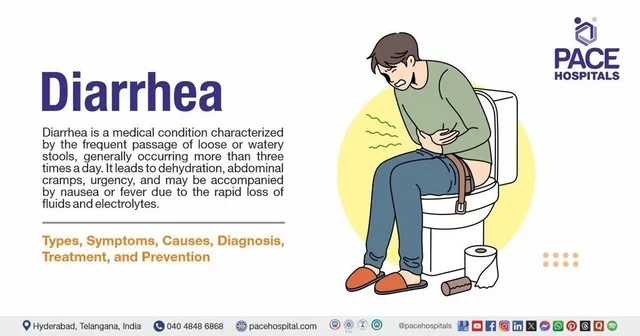
A Familiar Summer Surge
After years of pandemic experience, health authorities now recognize a clear seasonal pattern: COVID-19 tends to surge in both summer and winter, with the summer peak often driven by behavioral and environmental shifts
. This year is no exception—as COVID cases are rising across many U.S. states and European regions.
What’s Driving the Summer Spread?
1. New, Highly Transmissible Variants
The current wave is largely fueled by the Omicron subvariants NB.1.8.1 (“Nimbus”) and XFG (“Stratus”). Nimbus has become dominant in the U.S., notorious for triggering a piercing “razor blade throat” sensation
. Meanwhile, Stratus is gaining ground in multiple states, as data from wastewater monitoring shows increased viral presence
2. Waning Immunity
Protection from prior infections and older vaccine doses has decreased significantly. As immunity diminishes over time, more people become susceptible—even among those previously vaccinated or infected
Summer Behavior and Indoor Gatherings
Despite warmer weather, extreme heat compels many people indoors to air-conditioned environments—creating the perfect setting for viral spread. Summer travel, social events, and school gatherings further amplify contacts and transmission risk
4. Biannual COVID Cycle
Health data shows that COVID has settled into a predictable twice-a-year cycle, with peaks from July to September and again in December to February. This aligns with variant evolution and typical human behavior patterns
Is This Surge Dangerous?
While case numbers are rising, it’s important to note that hospitalizations and deaths remain relatively low, especially compared to previous waves
Scientists report that the new variants may spread faster, but they don’t appear to cause more severe COVID-19—especially among those who are vaccinated
What You Can Do
Stay up to date with vaccinations, especially if it’s been over a year since your last shot or infection—boosters can significantly reduce severe outcomes
Test when symptomatic, particularly with sore throat or respiratory symptoms reminiscent of the “razor blade” variant
Mask in crowded or high-risk indoor settings, especially during travel or events.
Practice good ventilation, hand hygiene, and stay home if unwell.
Summary Table
Factor Impact on Summer COVID Spread
New Variants (Nimbus & Stratus) Higher transmissibility, partial immune evasion
Waning Immunity Increased susceptibility even among vaccinated individuals
Indoor Gatherings Cooling-seeking behavior drives indoor congregation
Natural Seasonal Pattern Recurring summer wave amplified by the above factors
Conclusion
COVID-19 is trending upward this summer due to a combination of evolving variants, waning immunity, and seasonal behavior patterns. Although this wave is concerning, it’s still manageable. Staying informed, maintaining vaccinations, and practicing simple protective habits can go a long way in reducing risk and keeping the virus at bay.






